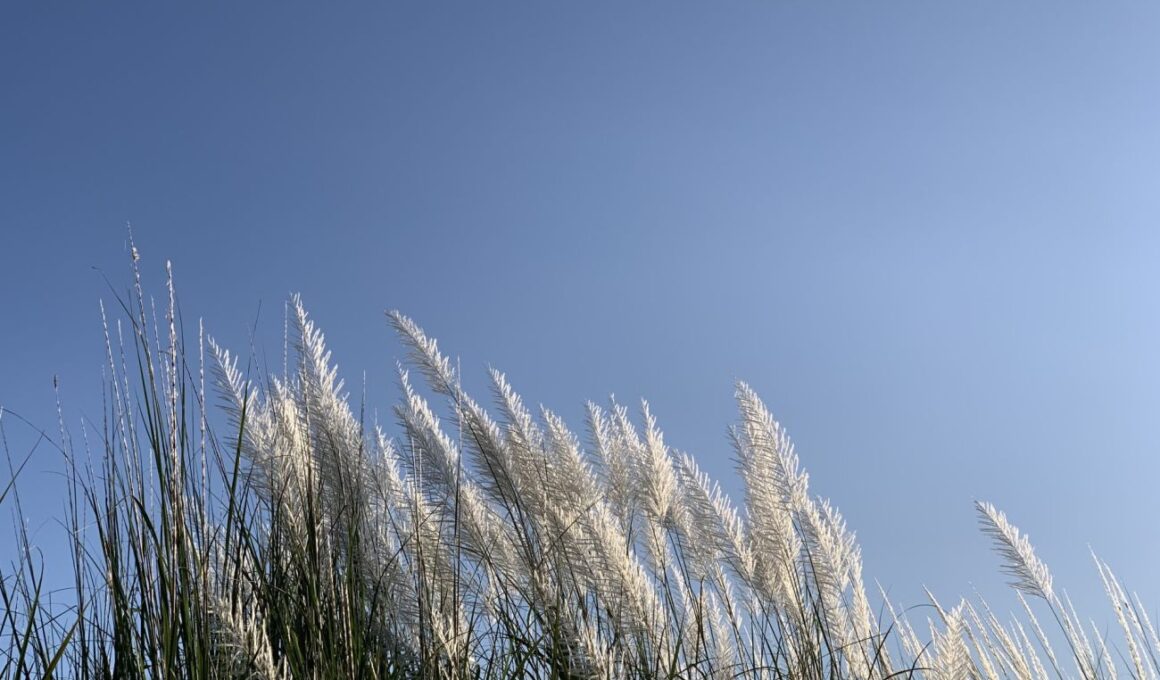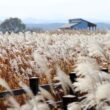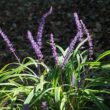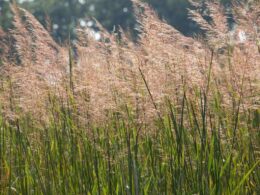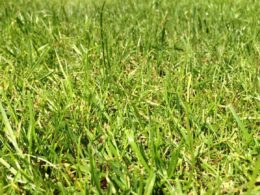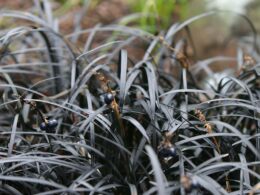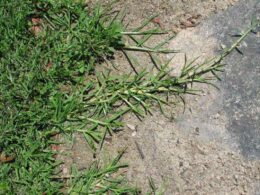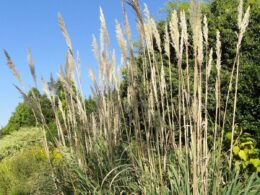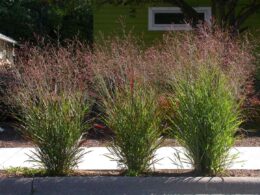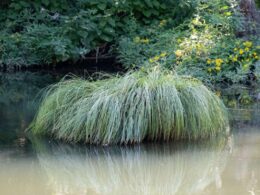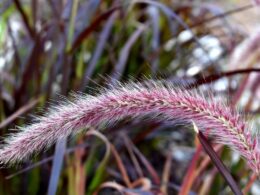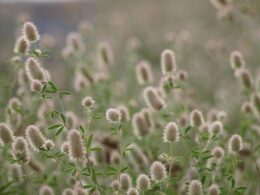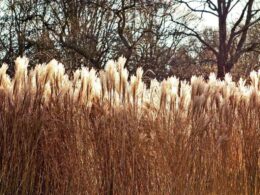What Is Cogon Grass?
Cogongrass is a type of noxious weed that is a native plant to the Asian continent. This perennial grass spreads quickly and aggressively, rapidly dominating vast areas of land. It grows in dense clumps, crowding out other plant life as it spreads through its underground stems, known as rhizomes. Cogongrass first appeared in the USA in the early 1910s as a packing material and now is one of the most invasive plant species in the world.
Cogon Grass Appearance
Cogon grass is a type of perennial grass that has a distinctive appearance. Its blades are long and thin, reaching up to 4 feet in length. The leaves have a distinct point at the top. In addition, cogon grass has a robust root system that enables it to spread quickly and is known to be highly flammable. Mature seed heads are white and feather-like.
Cogon Grass Distribution and Habitat
Cogon grass is a species of creeping grass that is found throughout the warmer regions of the world. It is native to tropical and subtropical regions. This adaptable plant thrives in many habitats, from dry soils to meadows to undeveloped areas near rivers, lakes and near railroads.
One of the main features that enables cogon grass to spread so widely is its extensive root system. The roots of this grass can reach great depths, enabling it to survive even in relatively dry soils and climates. Cogongrass forage easily establishes in pastures and is difficult to spot until large regions have been infested.
Cogon Grass Use
In terms of medicine, Chinese traditional culture has long used cogon grass as a natural remedy for various ailments such as fevers. Inflorescence can be eaten cooked as well. This grass is often used for soil stabilization and erosion control, as it helps to bind loose soils together and keep them in place. Additionally, the long, tough blades of cogon grass are also sometimes harvested and used to thatch roofs or other structures. Some cultivars are ornamental plants, including so-called Japanese Blood grass, also known as Red Baron.
Cogon Grass (Imperata Cylindrica) Propagation
Cogon grass spreads primarily by seeds, which are dispersed by wind and animals. Additionally, it can spread by rhizomes (underground stems), which can fragment and form new plants. Rhizome fragments can be transported long distances by soil or water, making them difficult to control. Control measures for cogon grass typically focus on preventing the spread of seeds and rhizomes.
Cogongrass Weed Control Methods
Cogon grass infestation is a major problem for farmers in many communities across the country. It is known to be one of the worst weeds in the world that infests lawns and is highly resilient against herbicides. Before the invasive weed overruns pastures, forestland, wildlife habitats and landscapes in the state, the Mississippi Department of Agriculture and Commerce has formed a task force of scientists, educators, government officials and agricultural leaders to suggest a thorough survey and control program for cogongrass in the state.
Control of Cogongrass
One popular approach is to use herbicides such as glyphosate, which can effectively kill the weed at all stages of growth. However, this method comes with its own set of drawbacks, including potential negative impacts on the environment and damage to surrounding vegetation.
Another option is to manually remove the grass or mowing. Though this may be effective in smaller areas, it can quickly get out of hand when dealing with larger patches of cogon grass. Ultimately, the most effective way to control this invasive weed is through a combination of these methods: both manual removal and chemical treatment have their place in an overall cogon grass control strategy.





